By: Jay Carlisle
Earlier in my career, I definitely didn’t have aspirations to write or contribute to this kind of article… but life takes you in unexpected directions I suppose! In August, we learned that our article, “Illegal killing of nongame wildlife and recreational shooting in conservation areas”, had been accepted for publication in the journal Conservation Science and Practice. The story of how we came to be involved in this paper starts in 2009, when IBO was asked to collaborate on a study of Long-billed Curlews. Specifically, we were to get a better sense for their breeding success to see if that might be contributing to a substantial population decline on the Long-billed Curlew Habitat Area of Critical Environmental Concern (ACEC) in southwestern Idaho since the 1970s.
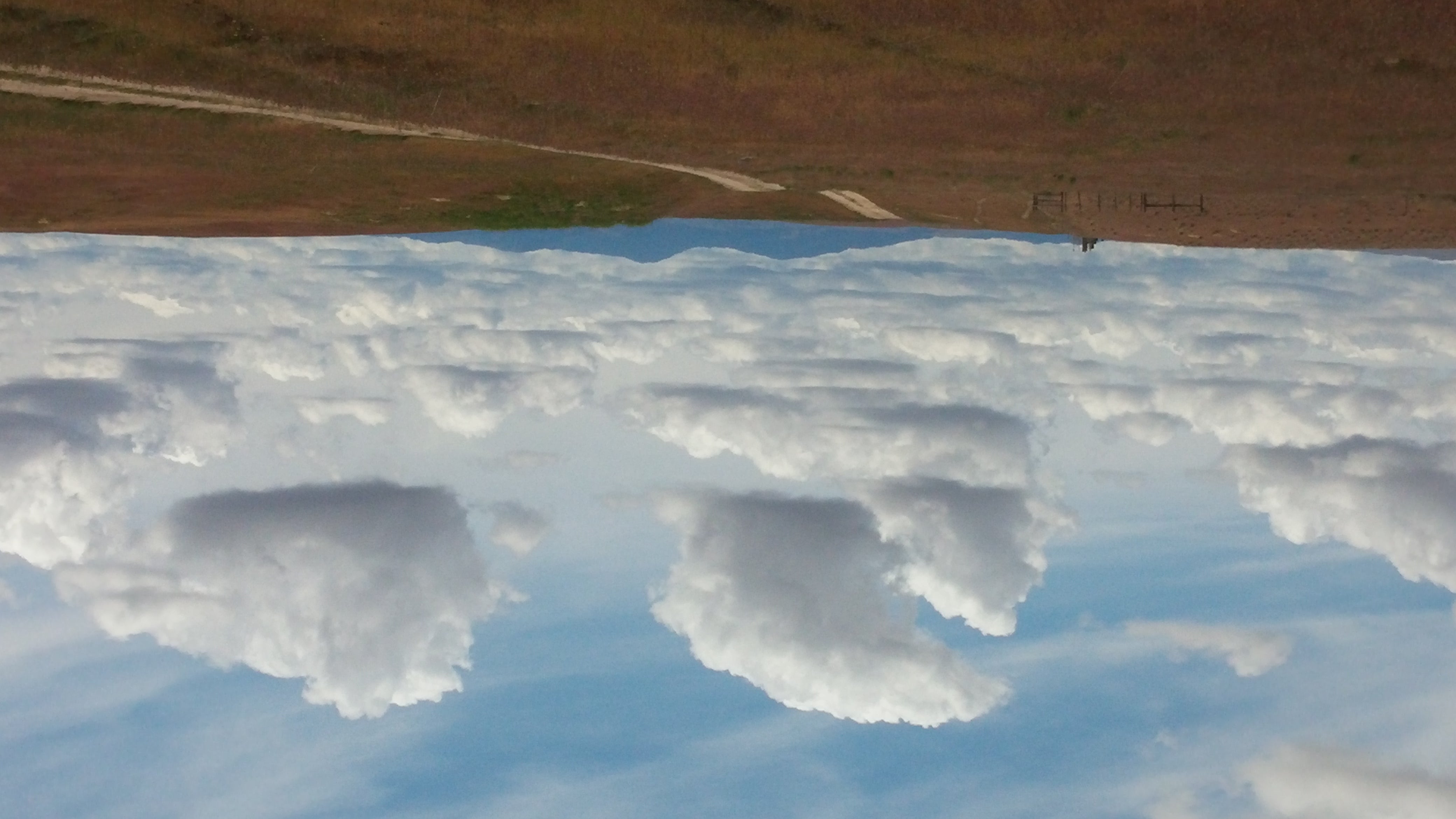
On our first day of the spring 2009 field season, we were getting a tour of all the roads that stretched across the ACEC.
In the early afternoon, we came across a dead male curlew with a clear bullet hole through his head.
Of course I was saddened and angry but just assumed it was a “one-off” – not part of a regular pattern. After all, this was a protected species that is illegal to shoot. Recreational shooting of inanimate targets and, with a hunting permit, some unprotected mammal species such as badgers and the Piute Ground-squirrel however, is legal and very popular. Our team spent several years focused on other plausible causes of a population decline (habitat changes or loss in breeding and wintering areas, etc.). But, for the first 6 years of our study, we found at least 1 to 3 shot adults per year and started to realize this was a pattern with the potential to have a real impact on the local curlew population.
Meanwhile, in 2013 we’d decided to dabble in satellite telemetry to connect curlew breeding and wintering areas and look for time periods and locations on migration or in the winter that might be limiting “our” summer curlew population.
I can still see the belly-up carcass of a freshly-shot Swainson’s Hawk that was only 200 yards from the nest of the first curlew we attached a transmitter to.
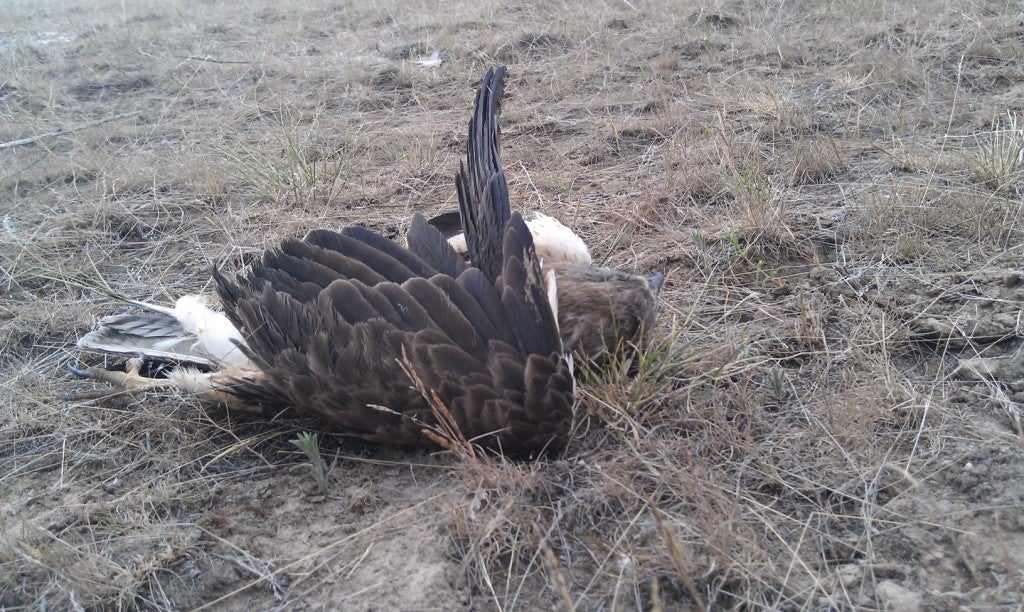
Looking back, this should have been a warning of what we were going to find. Our first curlew with a transmitter, “Carl the Curlew”, was dead (suspected shot) within 3 weeks of when we captured him – soon after his chicks had hatched. To date we’ve put transmitters on 23 adult curlews on public lands in southwest Idaho and 7 have ended up shot within 3 weeks to 3+ years after capture. That’s 30% of adults in our study shot – easily the greatest single risk of mortality we’ve found for this population. Of the 23 birds we’ve tagged, 16 were in areas where recreational target shooting is allowed and frequent.
Thus, the relevant statistic is that over 43% of adult curlews we tagged in areas with recreational shooting have been killed by illegal shooting!
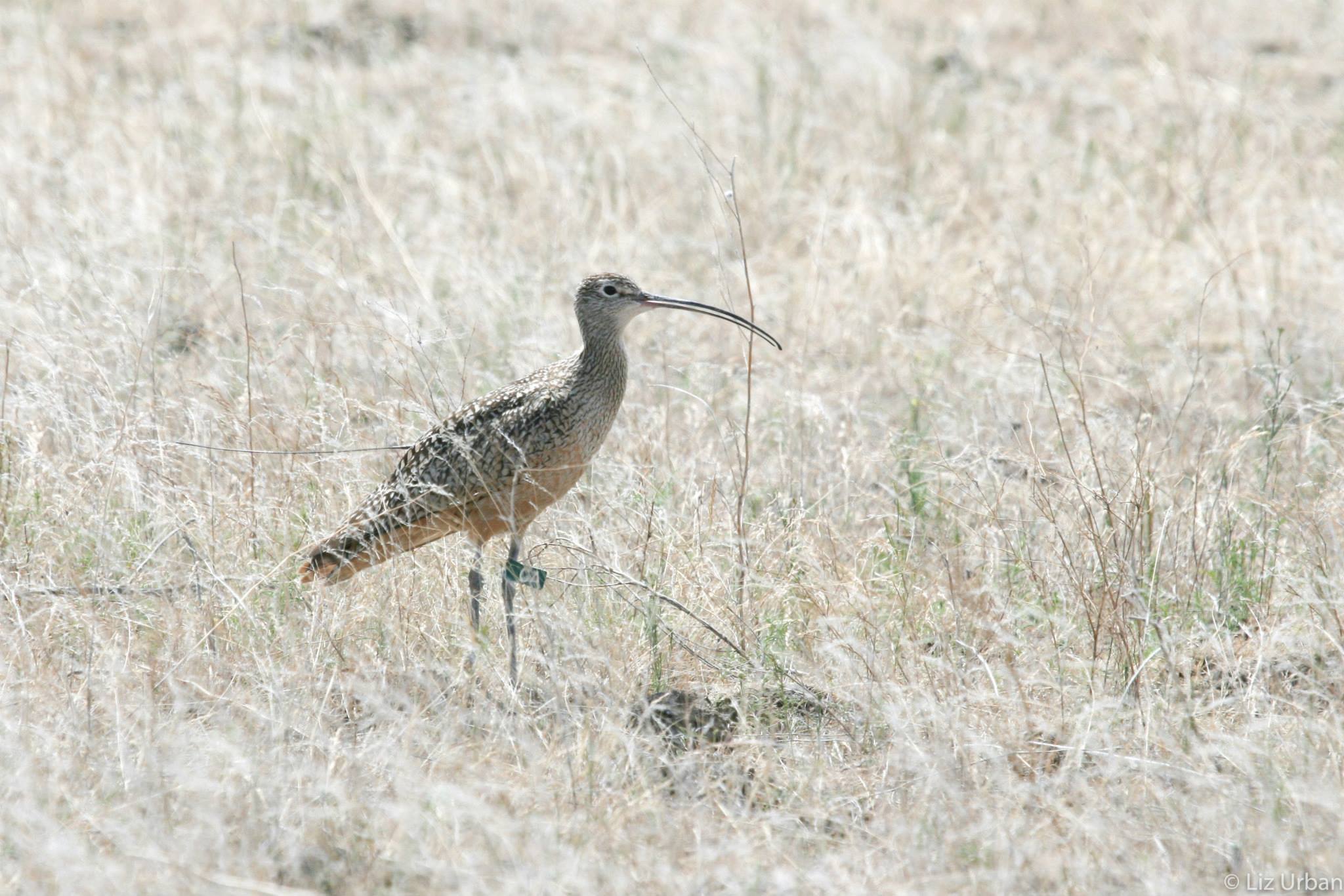
For a long-lived bird (adults can breed for many years) that has a naturally low annual reproductive rate, this can’t be sustainable and – knowing that the first people to study curlews in the 1970s documented 9 shot curlews in 3 years – we now assume that illegal shooting is either the main causative factor, or at least one the most significant causes, in the long-term decline of the ACEC curlew population.
As it turns out, curlews haven’t been the only species getting shot or killed illegally on public lands in southwest Idaho.
As we continued to explore this issue with other biologists, we heard about illegal shooting of Rough-legged and Ferruginous Hawks, Golden Eagles, and other raptors and as well as groups of rattlesnakes killed right at or near their denning areas (hibernacula). As some of us started to compile the data, we realized we had enough solid information already gathered to warrant documenting it with a peer-reviewed, scientific publication. Todd Katzner, a Research Wildlife Biologist with the U.S. Geological Survey and an adjunct faculty at Boise State University, took the lead and did a great job framing the article. Our approach was very collaborative with a total of 18 authors – 11 of them women, including Heather, Madeline, and Stephanie of IBO – contributing their knowledge and expertise as the manuscript came together. In brief, our study documents high rates of shooting mortality for curlews as well as raptors, ravens, and other birds found dead along power lines.
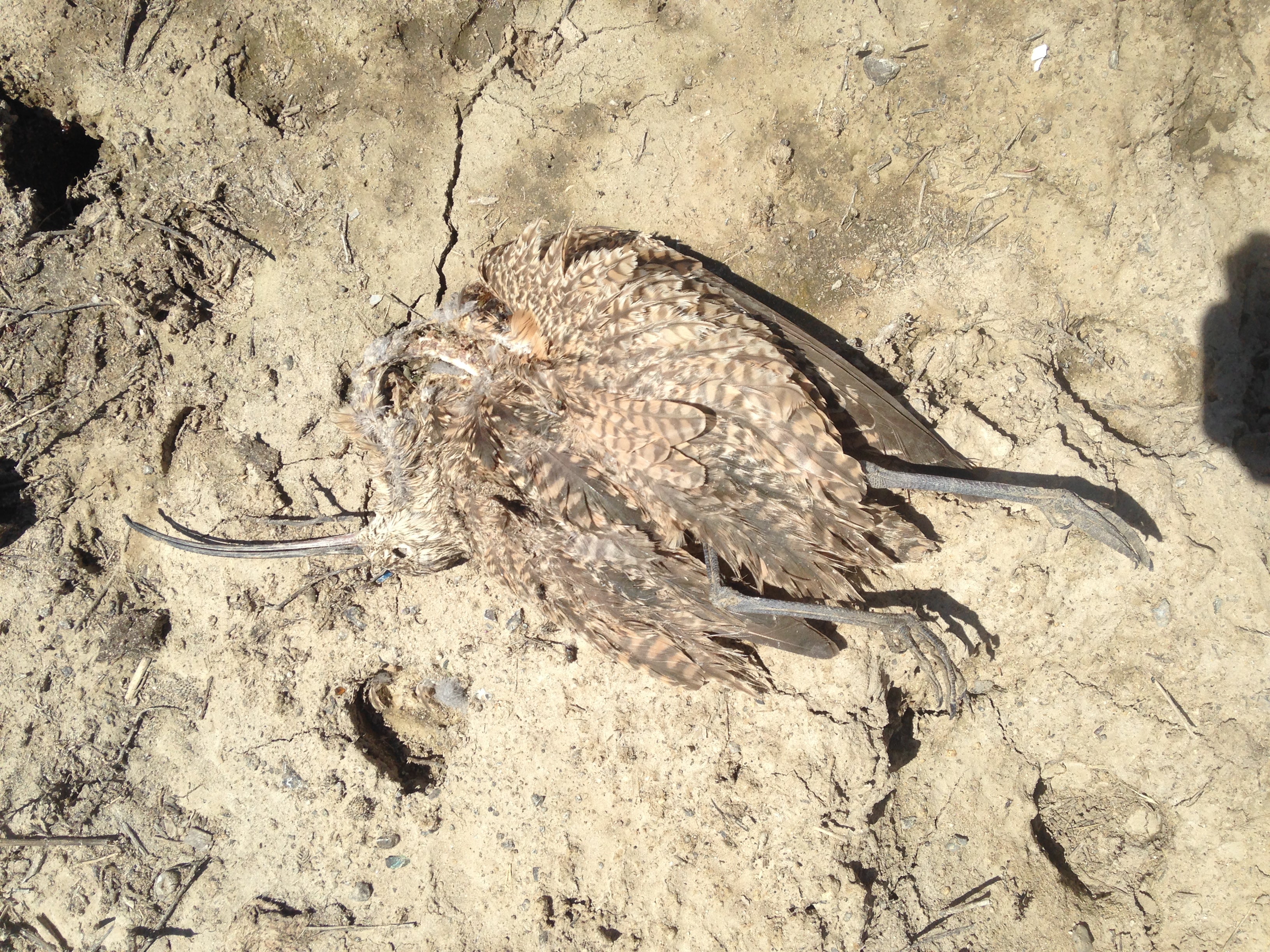
If you’d like more details, this topic was covered in recent articles for National Geographic, Boise State University Campus News, the Idaho Press, and on the Idaho Matters radio show. We hope this study helps by providing conclusive documentation for this threat to protected wildlife populations in our region and, in addition to ongoing community outreach and law enforcement efforts, can be a small part of finding a solution. As I mentioned at the outset, this isn’t the type of article I’d ever dreamed of writing but I hope it can be one of the most significant that I’ll be a part of.
You can help protect Idaho’s heritage by reporting poaching or suspicious activity. You can make an anonymous call to Citizen’s Against Poaching at 1-800-632-5999. This number can be found on your hunting and/or fishing license. If you prefer, you can fill out the Idaho Fish and Game Report a Poacher form online. A conservation officer will follow up on each submission.
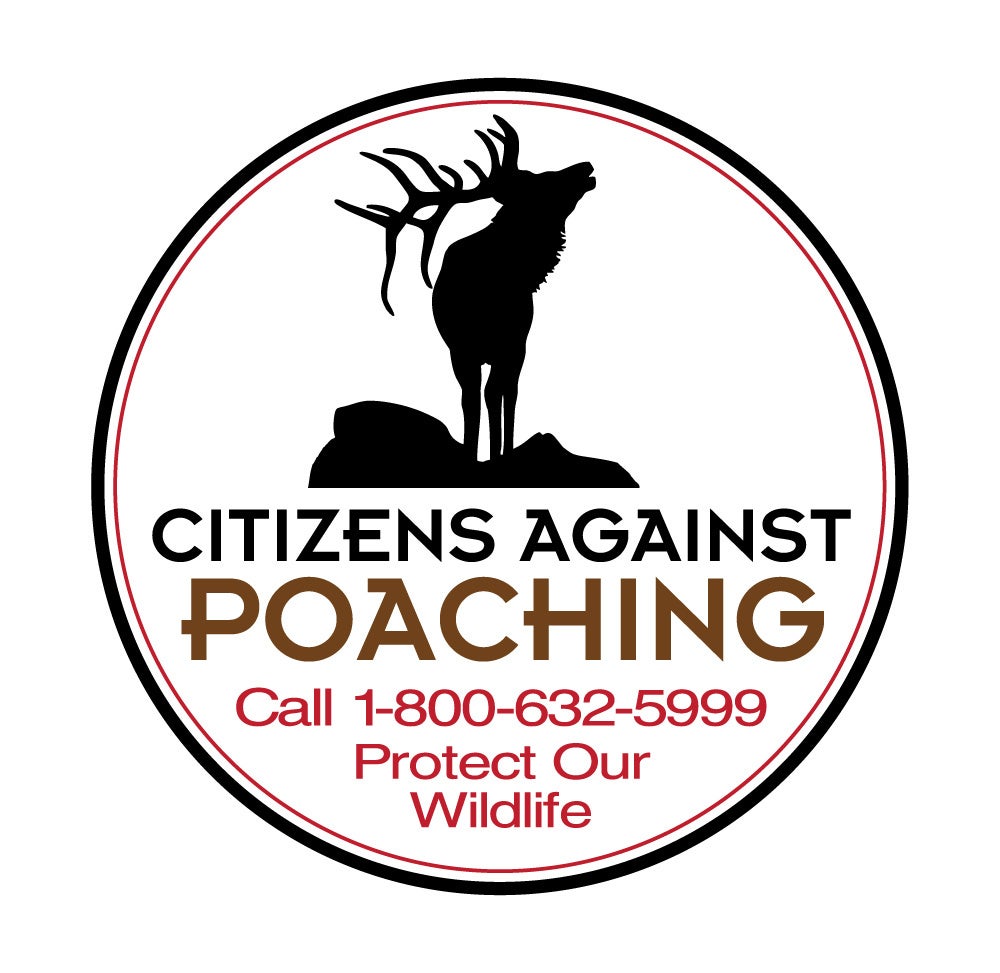
Working on this paper inspired us to do more to raise awareness for Idaho’s protected species. Help us spread the word with one of our new wildlife t-shirts! Visit our Bonfire page to place your order
This article is part of our 2020 end of the year newsletter! View the full newsletter here, or click “older posts” to read the next article.
Make sure you don’t miss out! Sign up to get our annual email update.